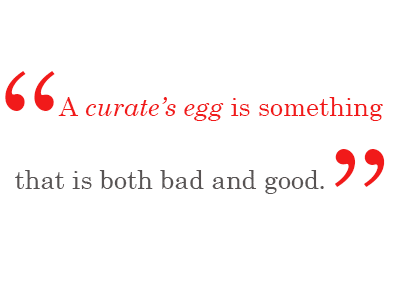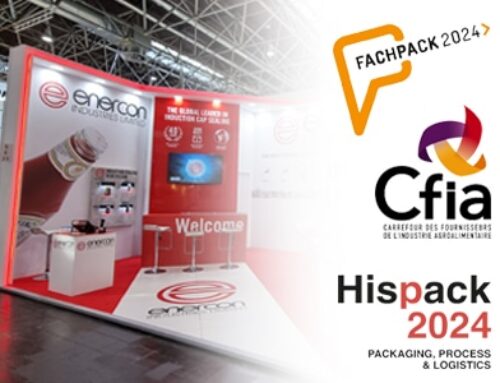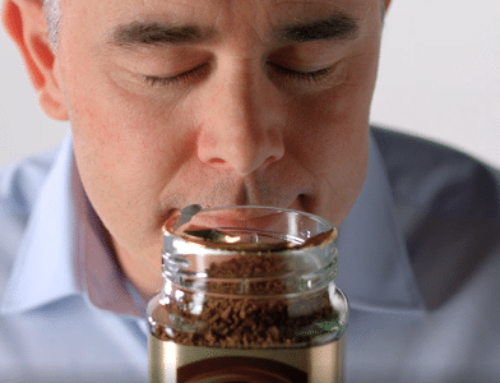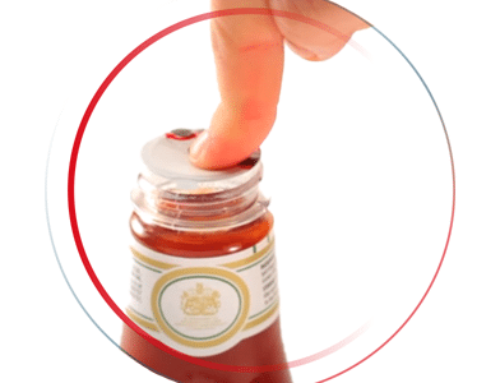
You could be forgiven for thinking that all plastic packaging is evil if you read the popular press, but is it like the curate’s egg, good in parts?
The arguments for and against the use of plastic compared to other packaging materials are many and complex. Here are a few.
Plastic is cheaper to produce, is transparent, lightweight, durable, and recyclable. However, it can be difficult to recycle, recycled plastic is easily contaminated and may not have the same quality as virgin plastic.
Glass packaging is seen by many as a premium alternative for quality products, but it is fragile and heavy, when compared to plastic. These two factors increase transport costs and environment impact*. So, changing from plastic to glass packaging does not offer a clear-cut cost or environmental impact improvement. Maybe the argument needs to change from getting rid of plastic packaging to using less of it.
There’s no doubt that we can reduce the amount of plastic used in packaging and recycle more of what we do use. Induction cap sealing technology can help reduce the weight of plastic used in packaging significantly as the hermetic seal improves the rigidity of the filled bottle. In fact, the UK milk industry has reduced the weight of plastic milk bottles by 33% and the weight of caps by 58% as a result of installing induction cap sealers.
Induction cap sealing is a simple process, an induction foil (a sandwiched layer of aluminium and plastic) is placed in the container cap. When the filled and capped container passes under the induction cap sealing machine the energy created by the induction field instantaneously heats the aluminium foil, melting the plastic and creating a hermetic seal on the container.
There are other benefits to induction cap sealing to be enjoyed when sealing glass or plastic containers. Leakers become a thing of the past. The seal provides tamper evidence, oxidation is reduced so colours and flavours are not lost, and shelf life is increased. The sealing process is very efficient and uses considerably less energy than contact heating solutions.
So, whilst inductions sealing in plastic is still a curate’s egg, you can achieve major reductions in packaging costs by reducing scrap, plastic use, transportation costs and still reduce environmental impact.
For more information on the process and how to get started click here.
*report by American Chemistry Council and Trucost.






